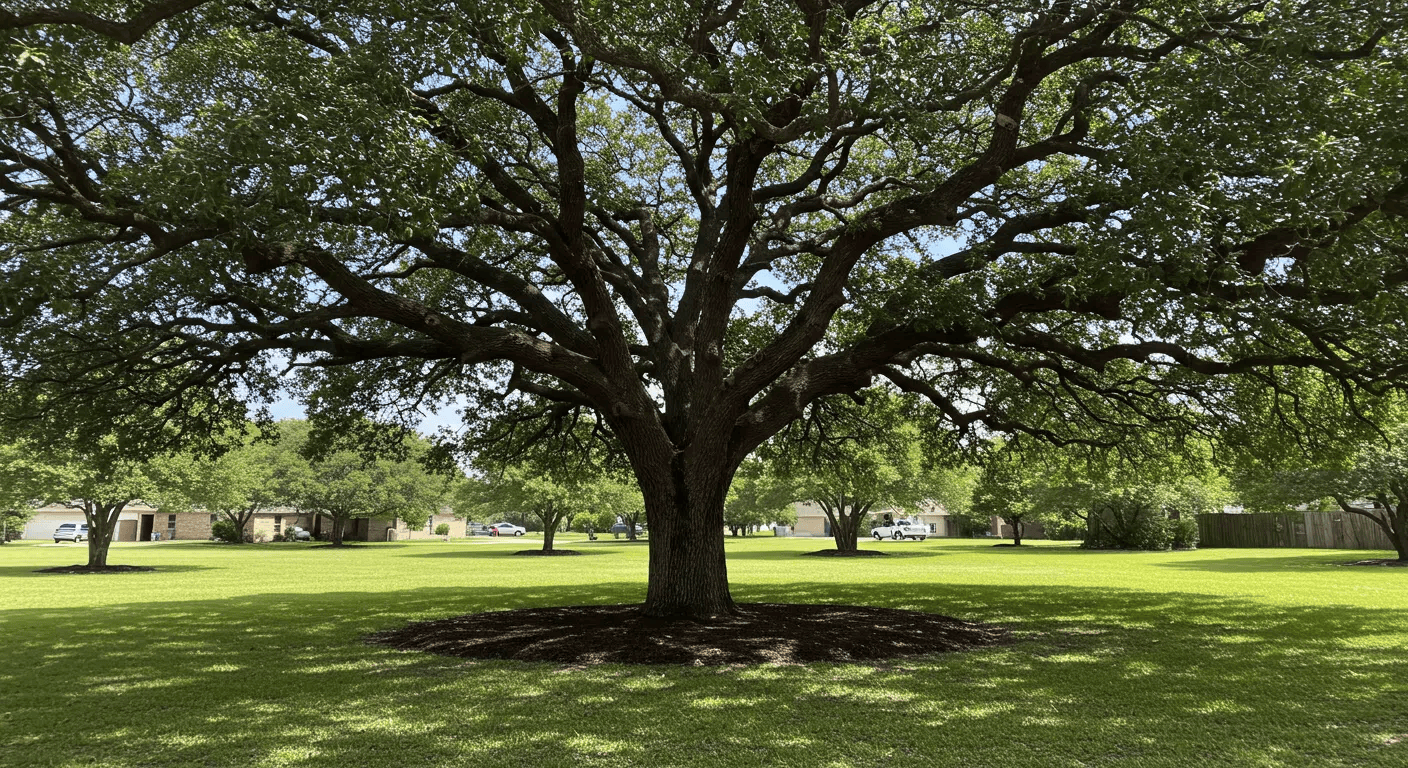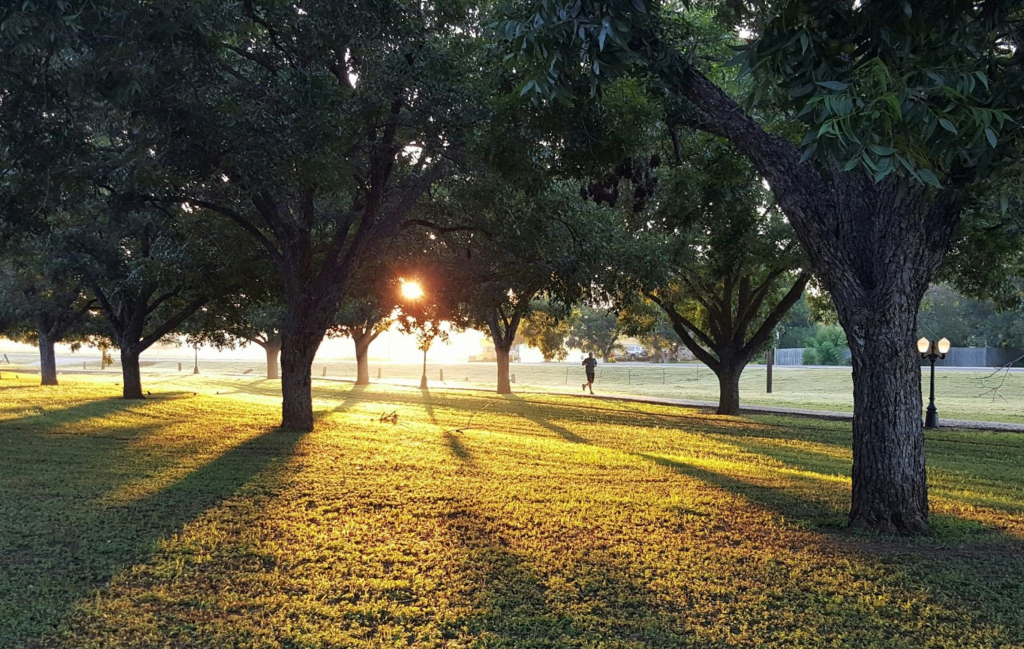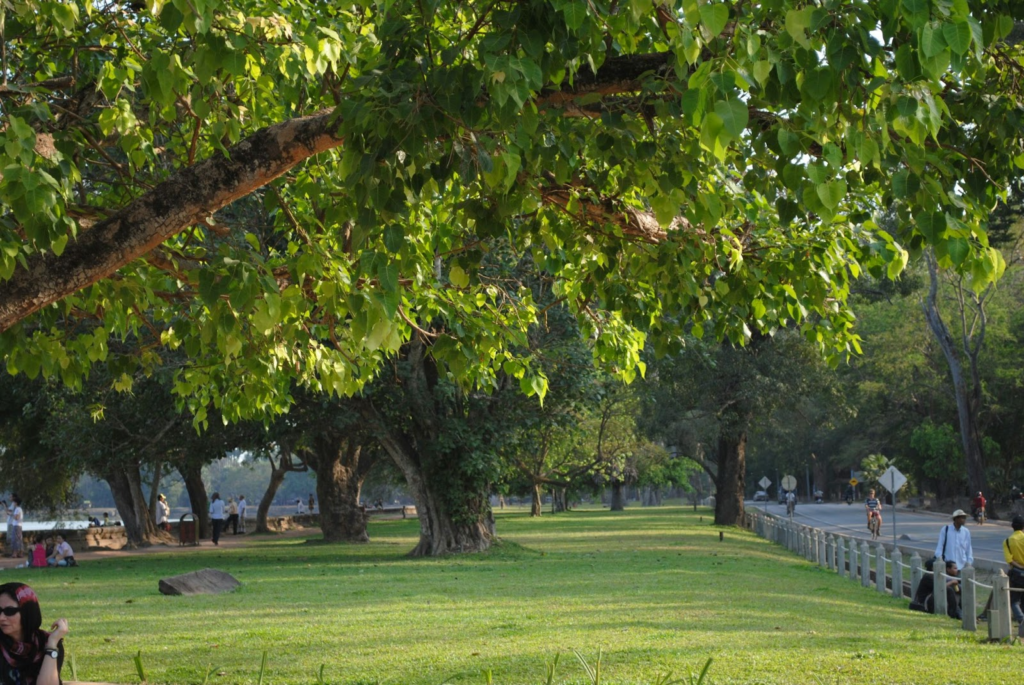
29 Aug Live Oak Trees in Texas: Growth, Maintenance, and Longevity
Texas homeowners often find themselves captivated by the majestic presence of live oak trees dotting their landscapes. These iconic specimens, with their sprawling canopies and distinctive horizontal branching patterns, represent more than just beautiful landscaping – they’re living monuments that can grace properties for centuries when properly cared for. However, many property owners struggle with understanding the unique growth requirements, maintenance needs, and longevity factors that determine whether their live oak will thrive or merely survive.
The challenge lies in recognizing that live oaks aren’t typical shade trees. They demand specific care protocols, strategic pruning techniques, and environmental considerations that differ significantly from other Texas natives. Whether you’re planning to plant a young live oak or inherited mature specimens with your property, understanding their growth patterns and maintenance requirements becomes crucial for maximizing both their health and your property value.
This comprehensive guide explores the essential aspects of live oak cultivation in Texas, from initial planting decisions through decades of ongoing care, ensuring your investment flourishes for generations to come.
Understanding Live Oak Growth Patterns in Texas
Live oak trees exhibit remarkably unique growth characteristics that set them apart from other Texas tree species. Unlike traditional upward-growing trees, live oaks prioritize horizontal expansion, often developing canopies that stretch two to three times wider than their height. This distinctive growth pattern typically results in mature trees reaching 40-80 feet in height while spreading 60-120 feet across, creating the iconic umbrella-shaped silhouette that defines Texas landscapes.
The growth rate of live oaks varies significantly based on environmental conditions and care quality. Young trees typically grow 12-24 inches annually during their first decade when provided with adequate water, nutrients, and space. However, growth slows considerably as trees mature, with established specimens adding only 6-12 inches per year. This gradual development contributes to their exceptional longevity, as the dense wood structure formed during slow growth creates remarkably durable branches capable of withstanding severe weather conditions.
Soil conditions play a critical role in determining growth success. Live oaks thrive in well-draining soils with pH levels between 6.0-8.0, though they demonstrate remarkable adaptability to various soil types throughout Texas. Clay soils common in North Texas require careful water management to prevent root rot, while sandy soils in coastal regions demand more frequent irrigation and nutrient supplementation.
Optimal Planting Conditions and Site Selection
Selecting the appropriate location for live oak planting determines decades of future growth success. These trees require full sun exposure for optimal development, though they tolerate partial shade during establishment phases. The most critical consideration involves providing adequate space for mature canopy expansion, as cramped conditions force unnatural growth patterns and increase maintenance requirements throughout the tree’s lifespan.
Proximity to structures demands careful calculation, as mature live oak branches can extend 30-60 feet from the trunk. Price Right Trees specialists recommend planting live oaks at least 40 feet from homes, power lines, and other permanent structures to accommodate natural growth without future conflicts. This spacing prevents costly removal or aggressive pruning that compromises tree health and structural integrity.
Drainage considerations prove equally important, particularly in areas prone to standing water. Live oaks tolerate brief flooding but suffer significant root damage in consistently wet conditions. Installing proper drainage systems or selecting elevated planting sites prevents long-term health issues that could compromise the tree’s century-long lifespan potential.
Essential Maintenance Practices for Healthy Growth

Proper maintenance begins with understanding the seasonal needs of live oak trees throughout Texas’s diverse climate zones. Watering requirements vary dramatically between establishment and maturity phases, with young trees requiring deep, weekly irrigation during their first three years. Mature live oaks develop extensive root systems reaching 20-30 feet beyond the canopy edge, making them remarkably drought-tolerant once established.
Fertilization schedules should align with natural growth cycles, typically occurring in early spring before new leaf emergence. A balanced fertilizer with micronutrients supports healthy foliage development and root expansion. However, excessive nitrogen can stimulate rapid growth that produces weak wood structures vulnerable to storm damage. Professional soil testing every three years helps optimize nutrient applications based on specific site conditions.
The timing and technique of maintenance activities significantly impact tree health outcomes. Summer maintenance should focus on monitoring for pest issues and ensuring adequate moisture during extreme heat periods. Fall preparation involves removing competing vegetation from root zones and applying mulch layers to insulate roots during winter temperature fluctuations common across Texas regions.
Professional Pruning Techniques and Timing
Live oak pruning requires specialized knowledge that differs significantly from standard tree care practices. The optimal pruning window occurs during late winter months (January through early March) when trees remain dormant and sap flow hasn’t begun. This timing minimizes stress on the tree while reducing attraction of oak wilt-carrying beetles that pose serious threats to live oak populations throughout Texas.
Structural pruning focuses on removing competing leaders, crossing branches, and dead wood that could compromise the tree’s natural architecture. Unlike other species that benefit from crown lifting, live oaks should retain their characteristic low-hanging branches whenever possible. These horizontal limbs contribute to the tree’s iconic appearance and provide natural wind resistance during severe weather events.
Professional arborists understand the critical importance of proper wound treatment and tool sterilization when working with live oaks. Each cut requires immediate application of wound dressing to prevent disease entry, while equipment must be sterilized between trees to prevent pathogen transmission. These precautions become especially crucial in areas with known oak wilt presence, where improper pruning techniques can inadvertently spread deadly diseases throughout entire neighborhoods.
Disease Prevention and Common Health Issues
Oak wilt represents the most serious threat to live oak populations across Texas, capable of killing healthy trees within months of infection. This fungal disease spreads through root grafts between nearby trees or through beetle vectors attracted to fresh wounds during active transmission periods. Prevention strategies include proper pruning timing, immediate wound treatment, and maintaining adequate spacing between susceptible oak species.
Bacterial leaf scorch presents another significant concern, particularly during extended drought periods common in Texas. This condition manifests as browning leaf edges and premature defoliation, often mistaken for water stress. Unlike drought damage, bacterial leaf scorch requires antibiotic treatments administered by certified professionals to prevent tree mortality.
Regular monitoring helps identify developing problems before they become life-threatening. Early warning signs include unusual leaf discoloration, premature leaf drop, fungal growth on trunk or branches, and changes in normal growth patterns. Price Right Trees professionals recommend quarterly inspections for mature live oaks, increasing to monthly monitoring during high-stress periods such as extreme drought or following storm damage.
Maximizing Longevity Through Strategic Care

Live oak longevity depends heavily on consistent, long-term care strategies that support natural growth patterns while preventing common stressors. These trees commonly live 200-300 years when provided with appropriate growing conditions and regular maintenance. However, urban stresses such as soil compaction, construction damage, and air pollution can significantly reduce lifespan expectations without proactive management.
Root zone protection becomes increasingly important as trees mature and property development occurs around established specimens. Construction activities within the critical root zone (extending 1.5 times the canopy radius) can cause irreversible damage that may not manifest for several years. Installing protective barriers and modifying construction techniques preserves root systems essential for long-term survival.
Companion planting strategies enhance live oak health while creating diverse landscapes that support local ecosystems. Texas native plants such as Texas Mountain Laurel complement live oak root systems without competing for resources. These combinations create sustainable landscapes requiring minimal inputs while providing maximum environmental benefits throughout their extended lifespans.
Storm Preparation and Recovery Strategies
Texas weather patterns subject live oaks to various severe weather events including hurricanes, ice storms, and severe thunderstorms. Proper preparation significantly improves survival rates and reduces property damage during these events. Pre-storm inspections identify weak branches, structural defects, and health issues that increase failure risks during high winds.
Emergency preparedness includes identifying potential failure points, securing loose items near trees, and establishing relationships with certified arborists for post-storm assessment. When disasters strike, immediate professional evaluation becomes crucial for determining appropriate response strategies. Emergency tree care specialists can assess damage severity and recommend treatments that preserve tree viability while ensuring safety.
Recovery procedures focus on proper wound treatment, structural support for damaged limbs, and stress reduction through appropriate watering and fertilization programs. Post-storm care often determines whether damaged trees recover fully or decline gradually over subsequent years. Professional assessment within 48 hours of storm damage provides the best outcomes for long-term tree survival.
Frequently Asked Questions
How long does it take for a live oak tree to reach maturity in Texas?
Live oaks typically take 30 to 50 years to develop a mature canopy. They grow vertically in early years, then expand outward over time.
What is the best time of year to plant live oak trees in Texas?
Fall is ideal for planting, as cooler weather supports root growth with less stress. Spring planting also works but needs more frequent watering.
How much space should I allow for a mature live oak tree?
Mature live oaks can spread 60 to 120 feet wide, so allow at least 40 feet from structures. Consider their long lifespan when choosing a location.
Are live oak trees drought tolerant once established?
Yes, established live oaks handle drought well due to deep, wide root systems. They may still show stress in extreme conditions and benefit from occasional watering.
How can I tell if my live oak tree has oak wilt disease?
Look for leaf browning from the edges, early defoliation from the upper canopy, and potential fungal mats under the bark. A professional diagnosis is necessary to confirm oak wilt.
Ensure Healthy, Thriving Live Oaks With Professional Support
Live oak trees represent one of Texas’s most valuable and enduring landscape investments when properly managed throughout their remarkable lifespans. Success depends on understanding their unique growth patterns, implementing appropriate maintenance schedules, and providing consistent care that supports natural development while preventing common health issues.
From strategic site selection through decades of professional maintenance, every decision impacts the long-term health and beauty of these magnificent specimens. By following proven care practices and working with experienced professionals, property owners can ensure their live oaks continue enhancing landscapes and property values for generations to come, creating lasting legacies that define Texas’s natural heritage.
About Price Right Trees
Price Right Trees specializes in professional tree care services with over 15 years of experience serving Texas property owners. We provide comprehensive arboricultural services including tree planting, pruning, disease management, and emergency storm response specifically tailored to Texas native species like live oaks. Our team of ISA-certified arborists combines technical expertise with deep knowledge of Texas growing conditions to deliver optimal outcomes for both residential and commercial clients.
We pride ourselves on sustainable tree care practices and have helped over 3,000 clients achieve healthy, long-lasting landscapes throughout the Dallas-Fort Worth metroplex and surrounding regions. Our specialized services include oak wilt prevention, structural pruning, soil management, and consultation for large specimen trees that require expert care to maintain their health and value.
Contact Price Right Trees at (817) 675-8565 today to discuss how our arboricultural expertise can help you maximize the health and longevity of your live oak trees. Schedule a consultation to learn more about our professional tree care services and how we’ve helped clients preserve their valuable tree investments for decades of continued enjoyment.
